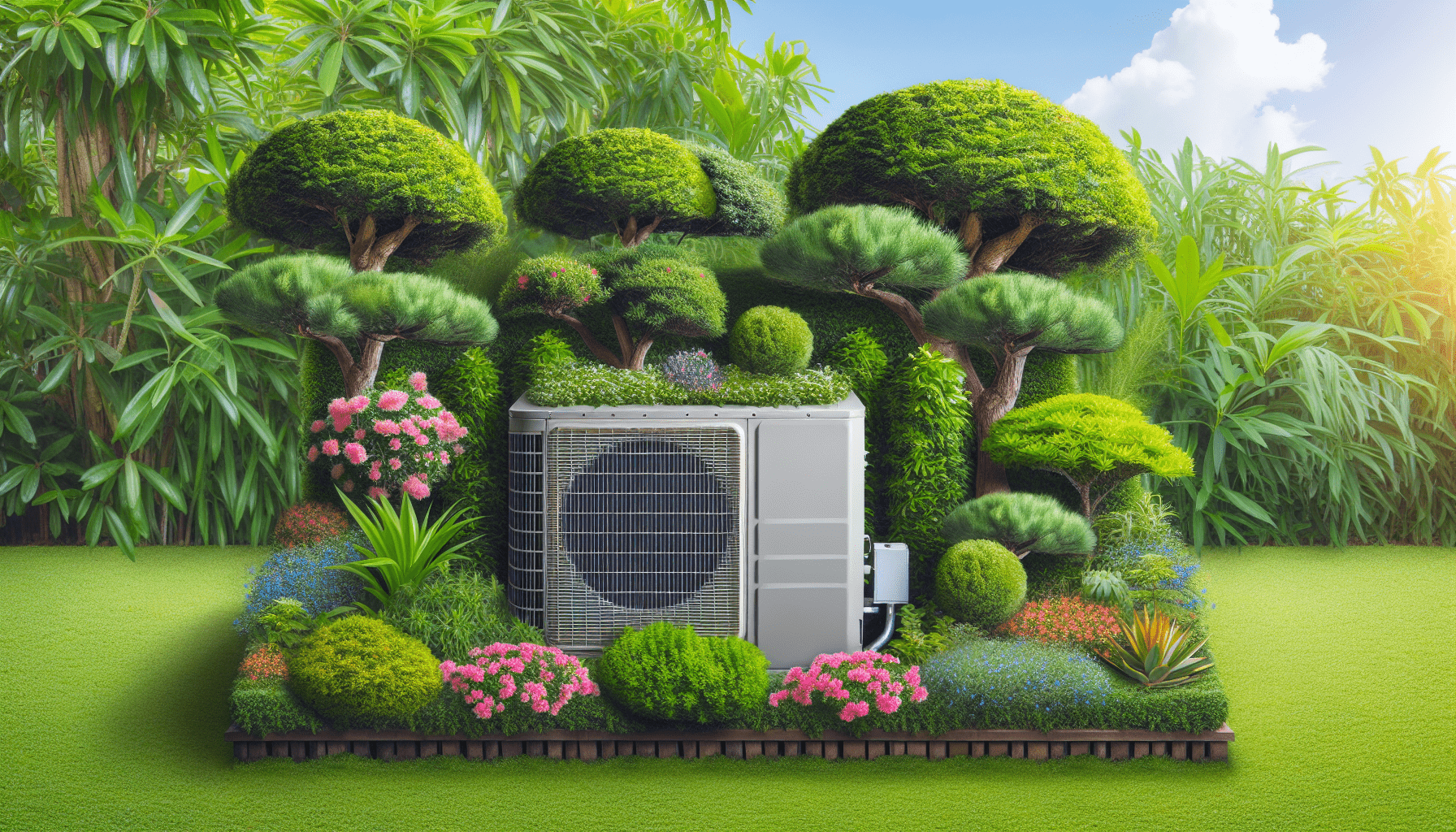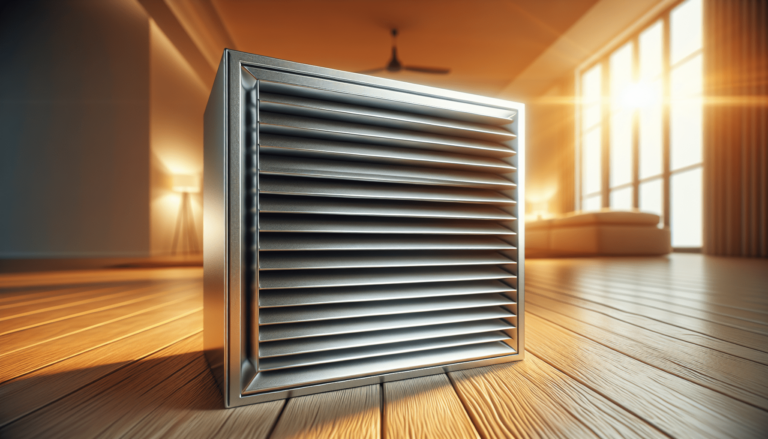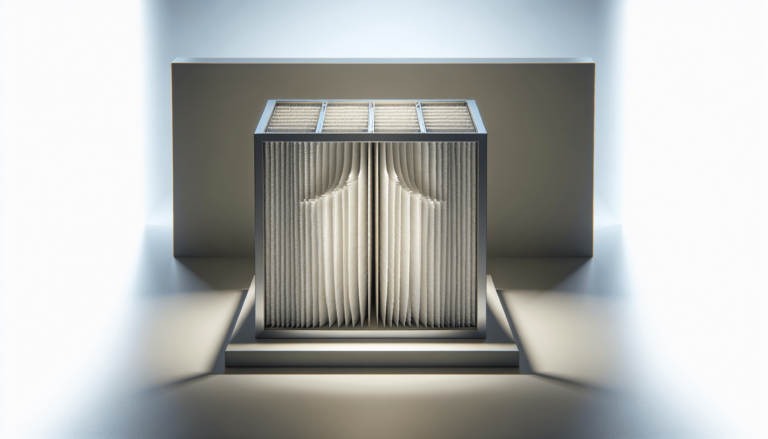

HVAC Services
Get Professional Repairs From The Area's Trusted HVAC Technicians. Ask About Our Services! We Offer Professional Heating & Cooling System Repairs And Guarantee Long-Lasting Results.
Got Question? Call us: (850) 678-2665Financing
The Role Of Landscaping In Protecting Outdoor HVAC Units
Discover how strategic landscaping can shield your outdoor HVAC units from harsh elements, enhance efficiency, and save costs while adding a touch of nature's flair.

Have you ever looked at the outdoor HVAC unit in your yard and wondered what you could do to protect it? Landscaping plays a surprisingly vital role in safeguarding these units. It might sound unconventional, but the right touch of greenery can extend the life of your HVAC system, enhance energy efficiency, and maintain its overall performance. You are about to discover how strategic plant placement, natural shade, and proper air circulation can transform the way your outdoor HVAC unit operates.

Understanding the Importance of HVAC Protection
You know those hefty, metal boxes that hum contentedly at the edge of your house? Those are your HVAC units working tirelessly to keep your home at the perfect temperature. They face outdoor elements like rain, wind, debris, and even the excessive heat of the sun. Thus, protection is critical. You can’t just let these units braving the elements alone when a little green reinforcement could make their job significantly easier.
The Impact of Unprotected HVAC Units
Before diving into solutions, let’s discuss the challenges faced by unprotected units. Exposure to debris and harsh weather can lead to inefficiencies and breakdowns. You might find your unit working overtime or, worse, not working at all. These issues often lead to costly repairs and increased energy bills. No one likes unexpected expenses, especially when you learn they were avoidable.
Why Landscaping is a Good Solution
At first glance, tying plants and technology together might seem odd. However, strategic landscaping provides natural protection. You don’t need to wrap your HVAC unit in bubble wrap. Instead, thoughtful planting creates a protective barrier. This approach not only guards against debris but also contributes to better air flow and natural cooling. It’s like giving your outdoor unit its own VIP section in nature’s club.
Landscaping Strategies for HVAC Protection
When planning your landscape around an HVAC unit, there’s a right way and several wrong ways to go about it. Start considering the space, airflow, and climate to devise a plan that fits your situation perfectly.
Choosing the Right Plants
You need plant life that complements your home’s aesthetics and does not sacrifice protection. Dense shrubs can block airflow and lead to overheating. Select plants with less density and minimal leaf drop. Hardy perennials and ornamental grasses often make good choices due to their low maintenance nature.
Placement and Maintenance of Plants
Place your plants with purpose. Ensure at least 2-3 feet of clearance around the unit for proper airflow. This spacing minimizes overheating risks and gives your HVAC unit the room it needs to ‘breathe.’ Regular pruning avoided overgrowth and keeps your investment tidy and efficient.
Here’s a simple table outlining plant spacing:
| Plant Type | Recommended Distance from HVAC Unit |
|---|---|
| Small Shrubs | 2 to 3 feet |
| Medium Shrubs | 3 to 5 feet |
| Trees | At least 5 feet or more |
| Ground Covers | 1 foot (ensure root systems are shallow) |
Enhancing Air Circulation and Efficiency
Once you have the right plants in place, the next step is maintaining optimal air circulation around your unit. This isn’t just about preventing overheating but also ensuring your unit runs efficiently.
The Role of Airflow
Proper airflow permits your HVAC to cool adequately and expel heat. Blockages from leaves, dirt, or overly enthusiastic plants can hinder this function. Keeping those pathways clear is essential for both effective cooling and energy savings.
Designing for Maximum Efficiency
For more advanced landscaping, consider designing a windbreak. Strategically placing fences or taller plants can direct airflow, allowing your unit to operate under a gentle breeze rather than battling gusty conditions. Just remember, balance is key; too much obstruction, and you stifle your unit’s ability to function.
Using Shade to Your Advantage
You might not realize, but the sun has a vendetta against your energy bills. It increases the temperature, causing your air conditioning unit to work harder. Providing natural shade through trees or trellises can offer a reprieve, reducing strain on your unit.
Natural vs Artificial Shade
Shade solutions do not have to be permanent or expensive. Natural shade from trees also offers cooling benefits by blocking sunlight and reducing surrounding temperature. Alternatively, shade can come in the form of awnings or semi-permanent structures that can gather vines or clingy plants, adding both protection and beauty.
Maintaining Balance Between Shade and Airflow
It’s critical to balance shade with fresh air flow. Too much shade can trap moisture and heat, creating an unintended sauna for your HVAC unit. Ensure that whatever shading method you use, it still allows ample air circulation.

Long-Term Benefits of Landscaping for HVAC
Investing in landscaping for your HVAC unit isn’t just about aesthetics or initial protection; it’s a long-term strategy that pays dividends over time.
Cost Savings on Maintenance and Repairs
When well-maintained landscaping protects your HVAC unit, it reduces the likelihood of breakdowns. Fewer repairs mean fewer shocks to your bank balance. The respite from constant damage control leads to significant savings over the years.
Increasing HVAC System Lifespan
You likely don’t want to consider the hassle and expense of replacing your HVAC system sooner than necessary. Such systems are built for durability, and with a little help from the natural world, you can extend their functioning life significantly.
Eco-Friendly Advantages
Let’s not forget, incorporating more greenery has its environmental perks. More plants mean more oxygen and improved air quality around your home. It’s a win-win situation where you’re securing equipment and giving back to the earth.
Missteps to Avoid in Landscaping for HVAC
Sometimes, you can do more harm than good if planning is haphazard. Know the pitfalls of landscaping before diving into major gardening implementations.
Overcrowding with Vegetation
Cramming plants into a small space all for the cause of protecting your HVAC unit seems noble, yet it often backfires. It’s essential to resist the allure of abundant greenery if it compromises airflow or ends up choking the unit. Stick to recommended plant-spacing guidelines to avoid these issues.
Ignoring Seasonal Changes
Landscaping demands attention throughout the year. Don’t forget that what works in summer might need adjusting in winter. Leaves fall, plants take their seasonal naps, and your HVAC unit’s needs might adjust accordingly. Seasonal tweaking ensures that protection is consistent year-round.
Forgetting Regular Plant Maintenance
An unwelcome yet common discovery is foliage that has turned into a lush fortress. While initially innocent, ballooning growth could hold debris, moisture or leave your unit in a vegetative chokehold. Stick to a conservative maintenance schedule, snipping when necessary to avoid negative impacts.
Practical Examples and Case Studies
To truly grasp how landscaping matters, it might help to see how others have effectively put these strategies to work. Practical examples abound where homeowners have saved on energy and maintenance costs by incorporating even simple plants strategically.
Case Study One: Suburban Homeowner Success
One homeowner in a suburban setting reported substantial decreases in their cooling bills. Strategic placement of tall grasses and low-maintenance perennials around the unit supported airflow and blocked excess sunlight. Over two years, they noted a 15% reduction in annual energy costs.
Case Study Two: Urban Solutions
An urban resident chose to use an artificial shade structure covered in climbing plants. This innovative approach not only protected the HVAC unit from the elements but also enhanced the tiny patio space aesthetically. The cooling demand lessened, leading to a noticeable drop in electric bills.
Final Word on Landscaping for HVAC Protection
You have seen firsthand how landscaping plays a crucial role in protecting HVAC units. By understanding plant types, ensuring proper placement, and maintaining them diligently, you create a barrier of protection that shields against debris and harsh weather while curbing expenses. It’s a thoughtful interplay between nature and technology leading to a harmonious, efficient home environment.
When planning your own landscaping project for an outdoor HVAC unit, remember that this isn’t just about immediate gains. It’s a sustainable commitment to energy efficiency, cost savings, and the prolonged health of your system. Whether you’re a seasoned gardener or a newcomer with a patch of green ambition, these strategies can offer both aesthetic pleasure and practical utility—one rooted shrub, shade provider, or wind-deflector at a time.
Recommendation
If you’re considering enhancing the protection of your HVAC unit through landscaping, Tempacure Heating and Air Conditioning is a great resource for further advice. They’re located at 325 Cedar Ave S, Suite B, Niceville, FL 32578. You can reach them by phone at (850) 678-2665 or visit their website at tempacurehvac.com.
Embrace these practices, and you’ll find your HVAC units standing firm and efficient under their leafy sentries, commanding respect from wind, rain, and sun alike.







